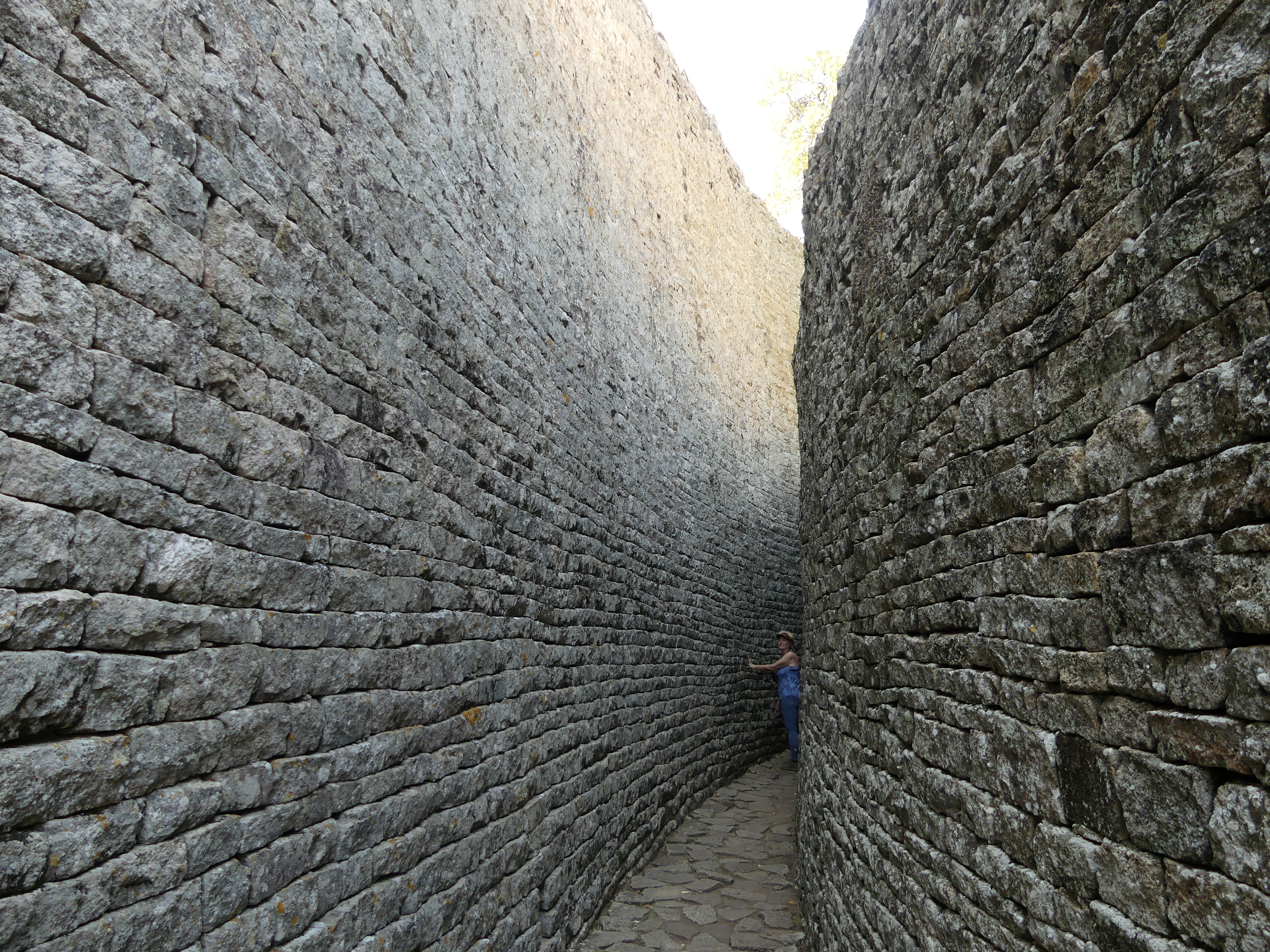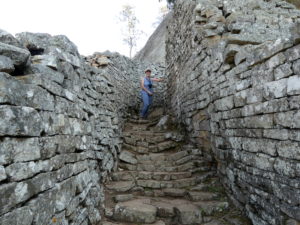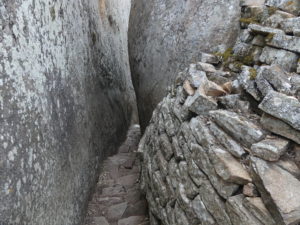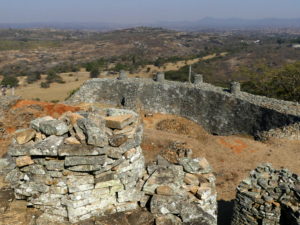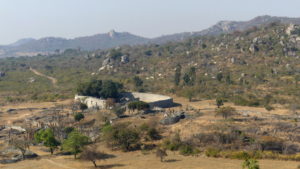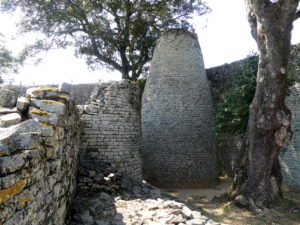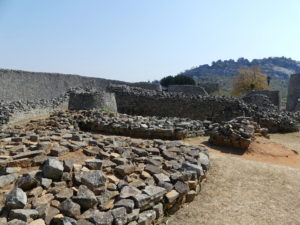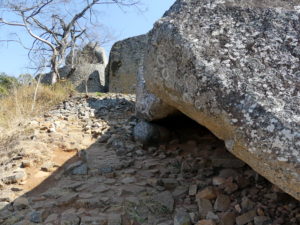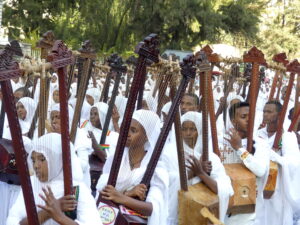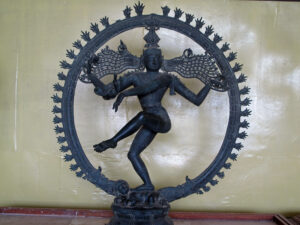We were astonished and humbled during our visit to the Great Zimbabwe National Monument, the UNESCO World Heritage site in southeast Zimbabwe, as well as the Khami Ruins in the west of the country. And learned of the country’s glorious past.
Great Zimbabwe
At Great Zimbabwe, for roughly 400 years from the 11th to the 15th century, Shona tribal leaders demonstrated their powerful sway over much of southern Africa, with imposing palaces constructed from stone bricks (and no mortar) as well as from the natural rock.
It’s ruins, covering 7 square kilometers (or nearly 1800 acres), are the most impressive in Africa from the Sahara south – and certainly wowed us. The city, whose inhabitants numbered 10,000 or more at its peak, was an administrative center for a trading society that reached north into Arabia and east to Persia and China.
We also felt a wistful irony during our tour. The name Zimbabwe, which means “great house on the stones,” was the obvious choice for re-naming the country from Rhodesia after independence, particularly as archaeologists during apartheid tried to attribute the structures to other ‘whiter’ peoples. Sadly, long-time leader Mugabe largely depleted the country’s strengths after independence, inverting the legacy that the name conjured.
We began with the climb, starting with the lower section of an ancient stairway of unmortared bricks to the 100-meter high Hill Complex.
A narrow passage along the ancient stairway toward the top of the 100-meter high (over 300-foot) Hill Complex, shows the interaction of the natural rock and brick. These “choke” points were designed for defense of the complex.
Natural rock and unmortared brick walls formed several inner courtyards at the Hill Complex. This one featured the only extant original doorway still open at the lower right of the brick wall. Above was the domain of the king and his male retinue.
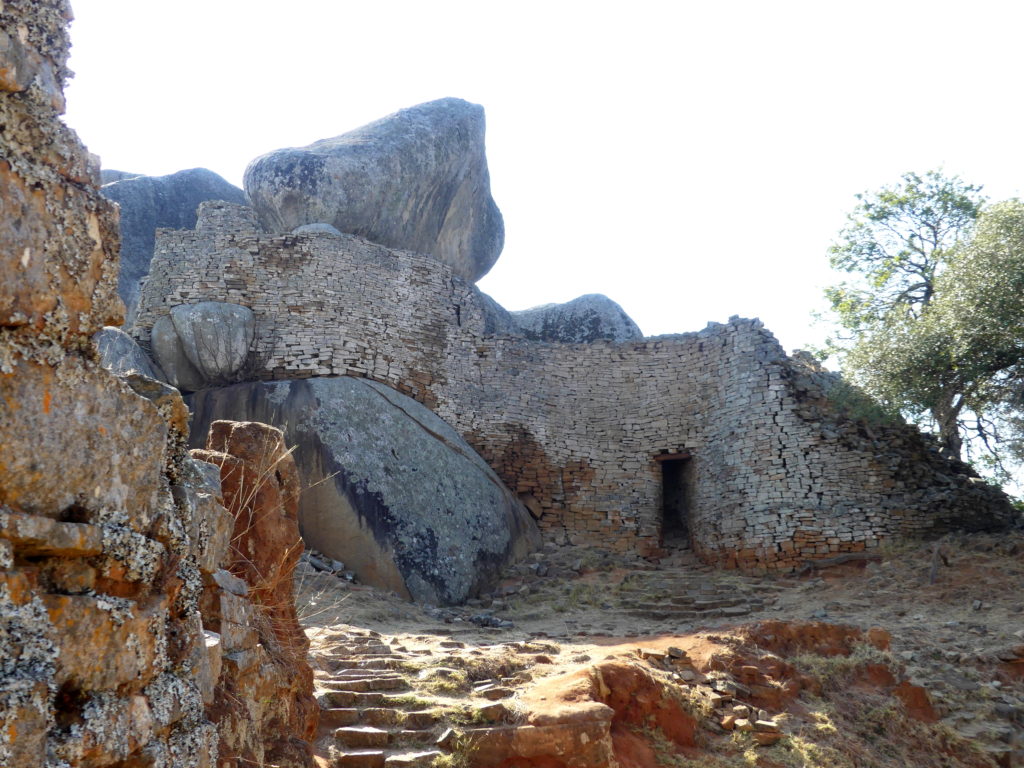
Looking back down into the valley below the Hill Complex at the five meter high walls constructed to surround the peak.
In the other direction, we looked out over the Great Enclosure at Great Zimbabwe. That was the domain of the queens and their women attendants. The 11-meter high walls (over 35 feet), which run for a quarter of a kilometer and feature a row of decoration near the top, are original.
Nothing ancient from Africa south of the Sahara comes even close. The V in the large natural rock atop the hill behind it supposedly demonstrated the feminine qualities of the site.
Walking between the 11-meter high double walls of the women’s palace was an impressive experience. Even on a very hot day, this space felt air-conditioned.
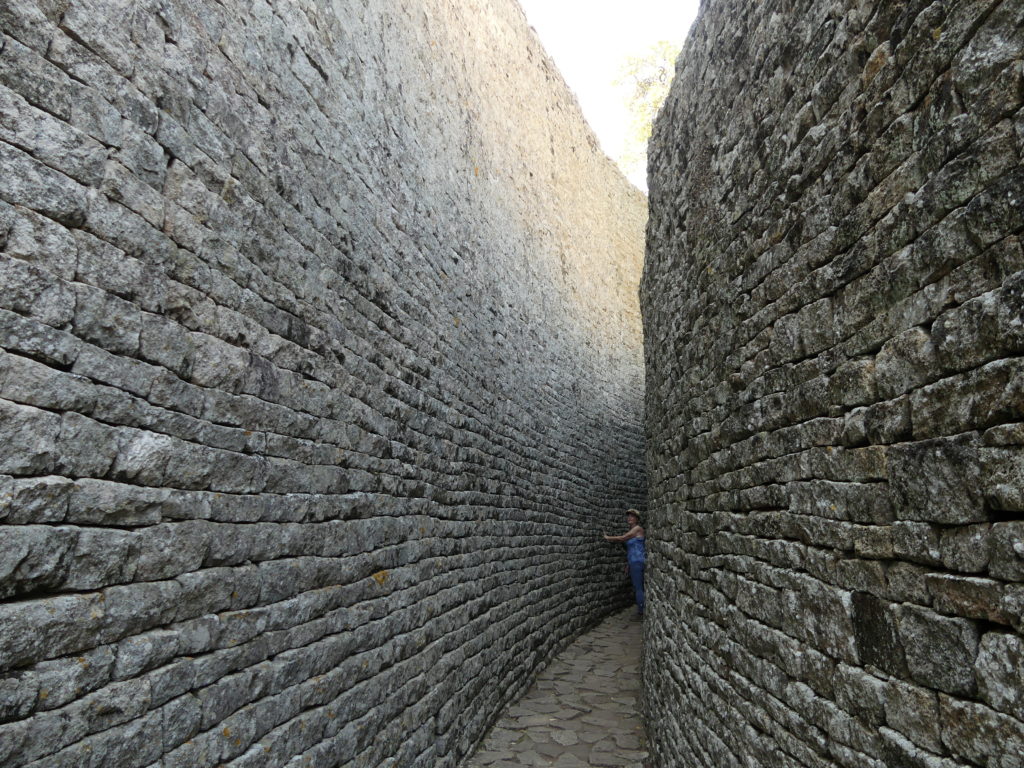
This tower within the queen’s domain at the Great Enclosure is not hollow, but filled with brick and stone. It supposedly reminded the women about masculine powers.
As did the view from the women’s enclosure over to the men’s hilltop palace.
Back on the Hill Complex, our guide showed us the natural cave beneath the curving stone walls of the complex – a kind of early means of tele-communications.
The story goes that the king could stand at the cave mouth and, using its amplifying acoustic, readily summon one of his wives way down at the women’s palace in the Great Enclosure.
We tried this and found our voices carried quite far, echoing back to us from below. No local wives appeared however.
Khami Ruins
Smaller sites throughout the country, like Khami, show that this powerful kingdom continued for centuries after Great Zimbabwe city faded in importance. Over 200 others are scattered around the southern region of Africa.
At Khami, near the busy southwestern town of Bulawayo, the walls demonstrated the same basic layout and construction methods as at Great Zimbabwe, but a more artistic, tiered design with decorative touches.
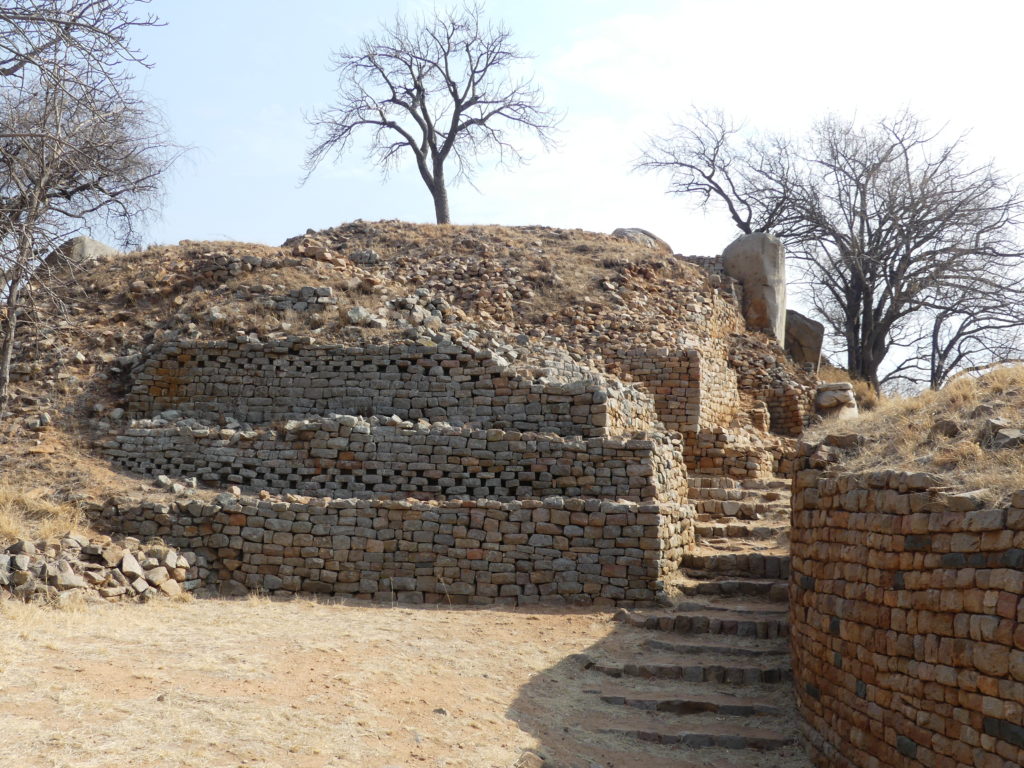
That later stylistic difference was the most dramatic feature of the Khami ruins. The terraced construction dates from a few hundred years after Great Zimbabwe, and seemed much more sophisticated than Great Zimbabwe’s looming walls. It made us think of pyramid construction from the north or from India, with more decorative touches as well in the way they aligned bricks. This huge wall had 9 terraces, as we had seen in Hindu temples, with the middle one the most ornate.
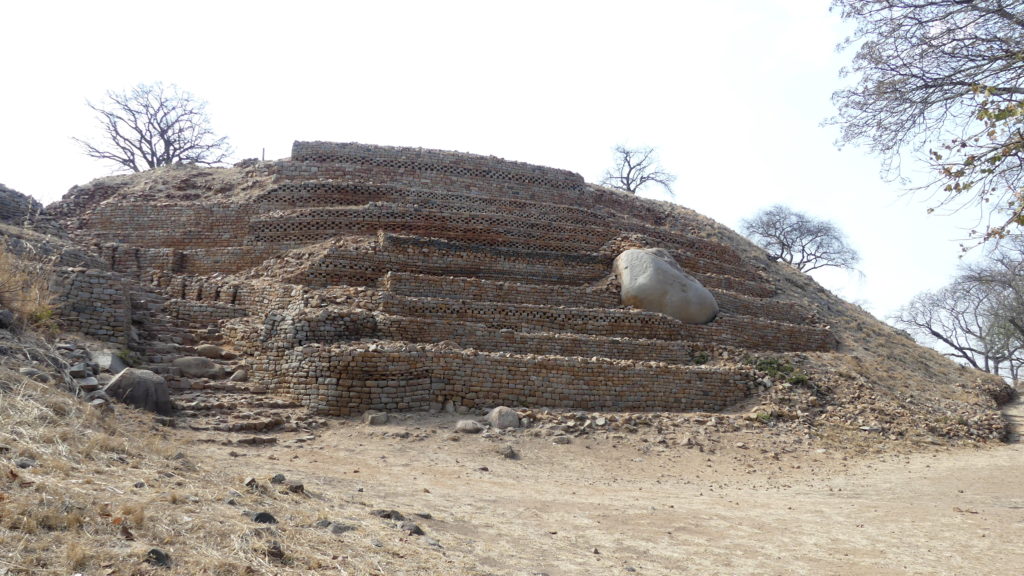
The flag of Zimbabwe incorporates the national symbol from Great Zimbabwe, the eagle statue. Eight statues of eagles, each carved from a single hunk of soapstone, were found at Great Zimbabwe. Some were removed by earlier archaeologists, but have been returned to the museum at the site (no photos allowed). The eagle – either a bateleur or fish eagle – was both a spirit messenger from the heavens and a good portent for the Shona society.
At both sets of ruins we visited, you could find a natural formation of large rocks that echoed the shape of these eagles.
(To enlarge any picture above, click on it. Also, for more pictures from Zimbabwe, CLICK HERE to view the slideshow at the end of the itinerary page.)


